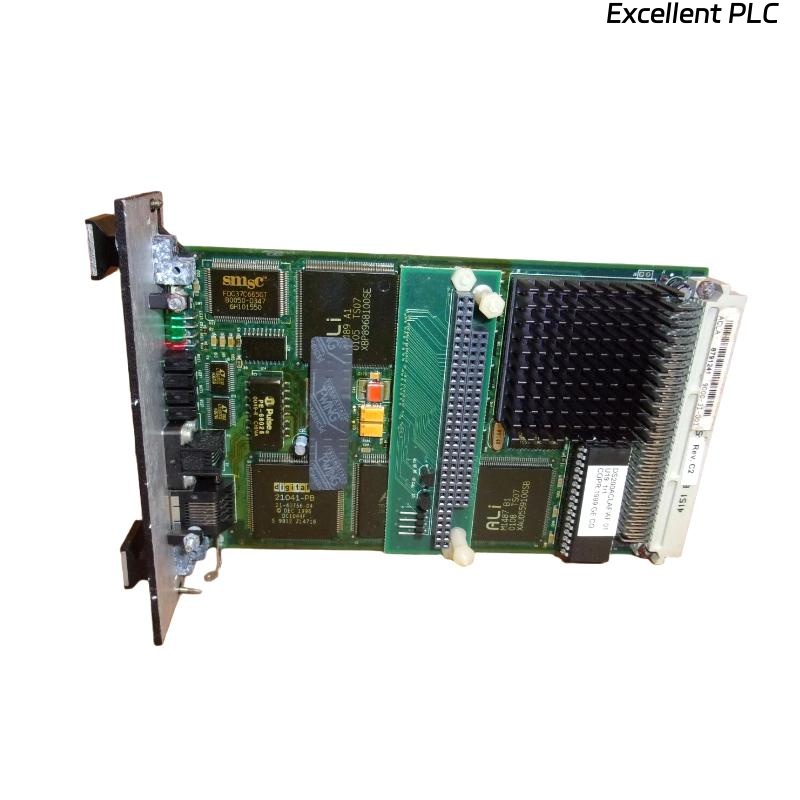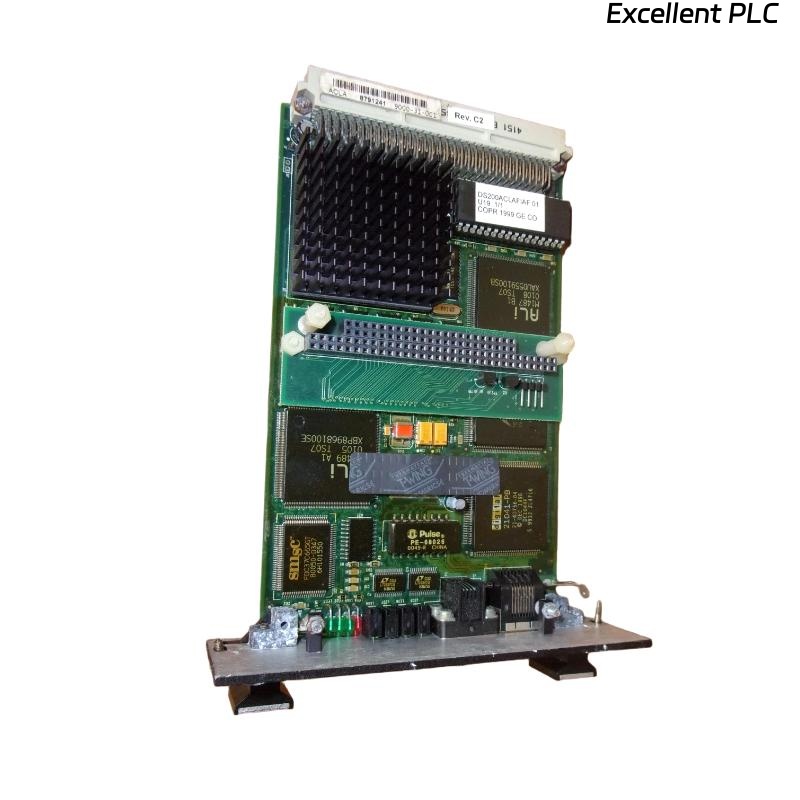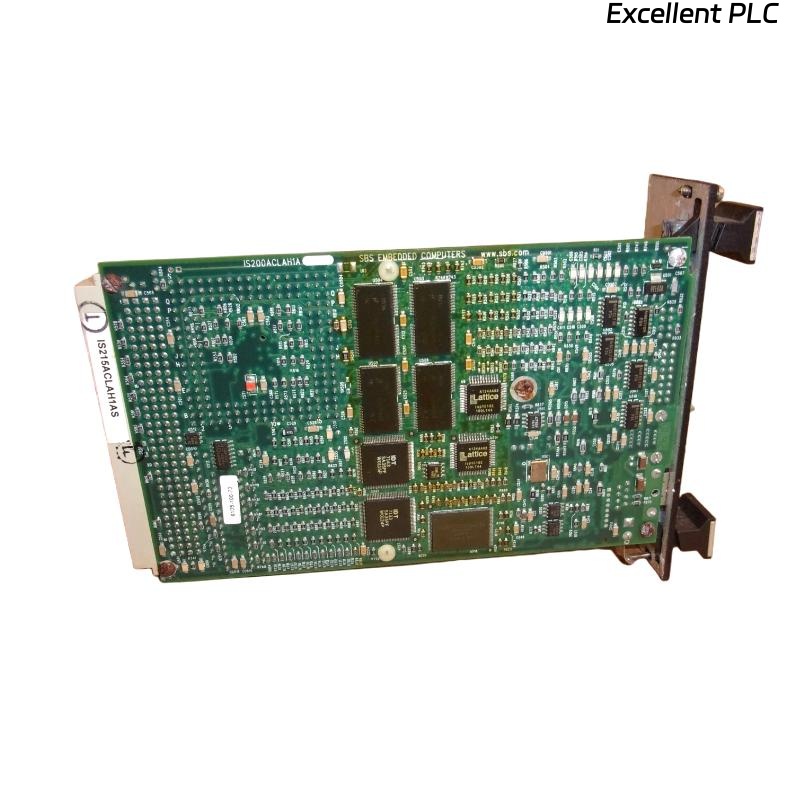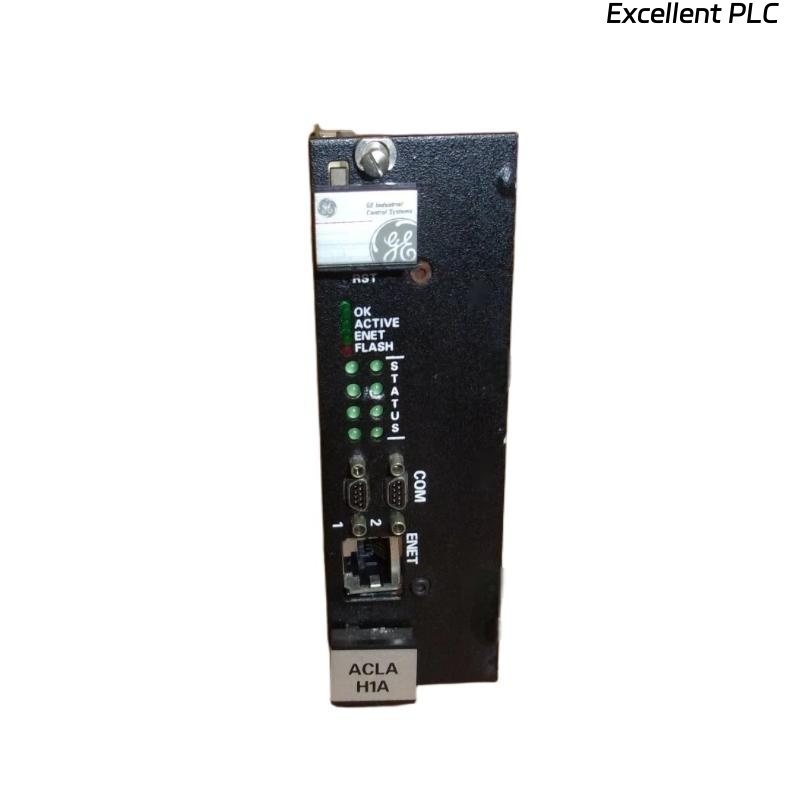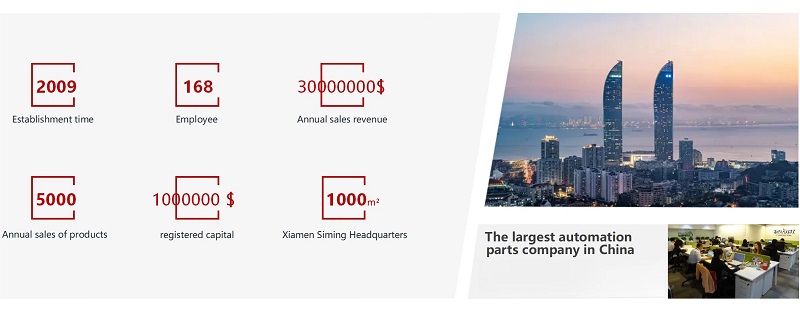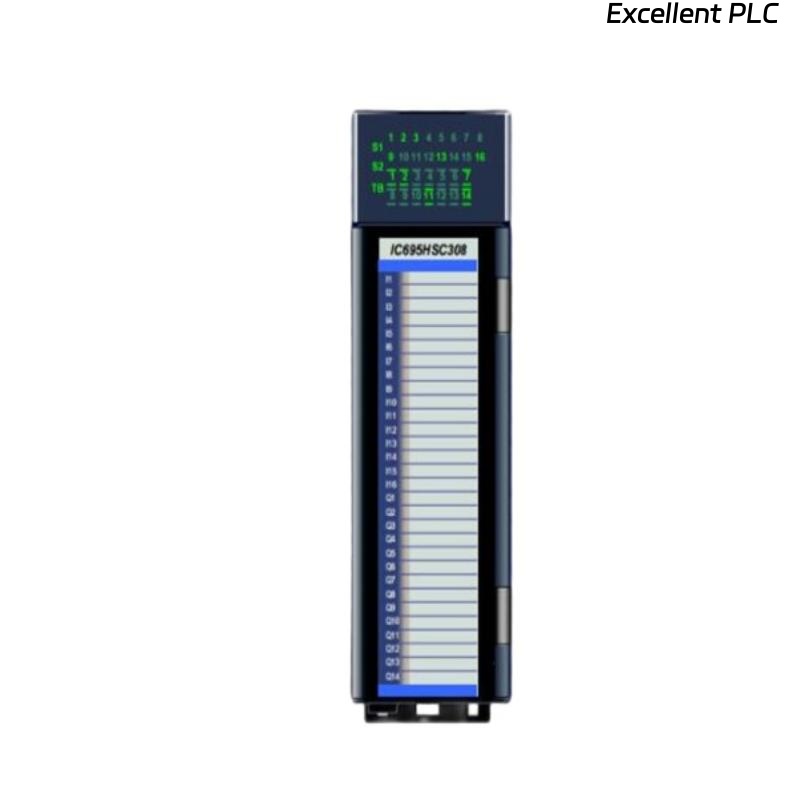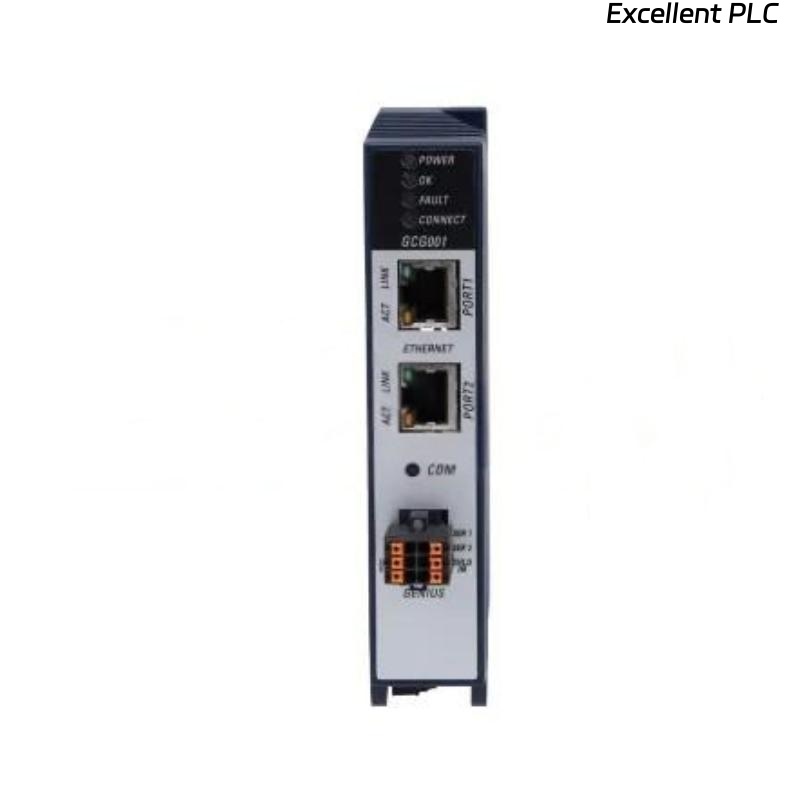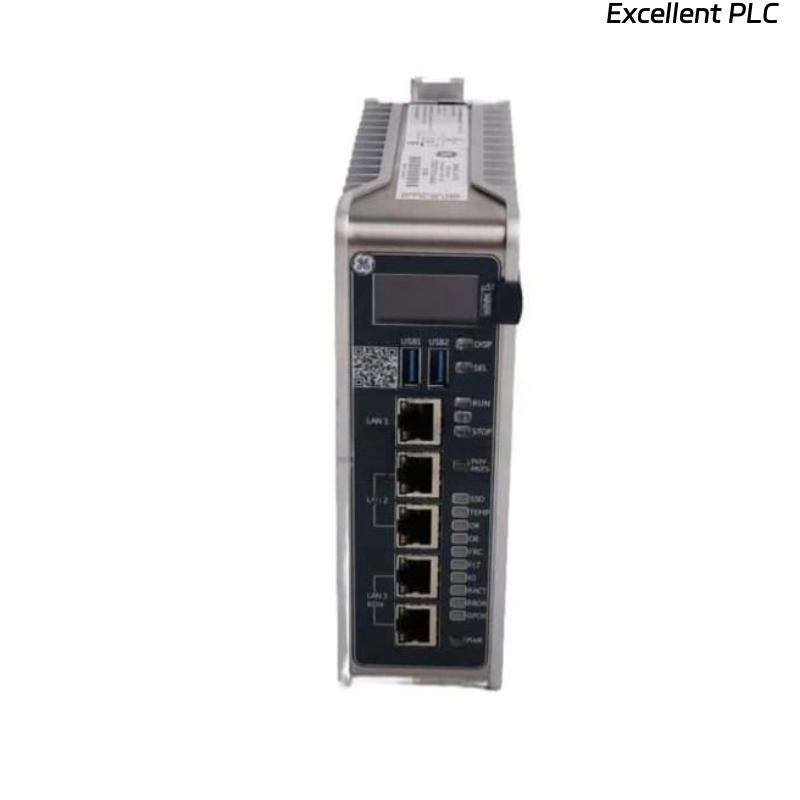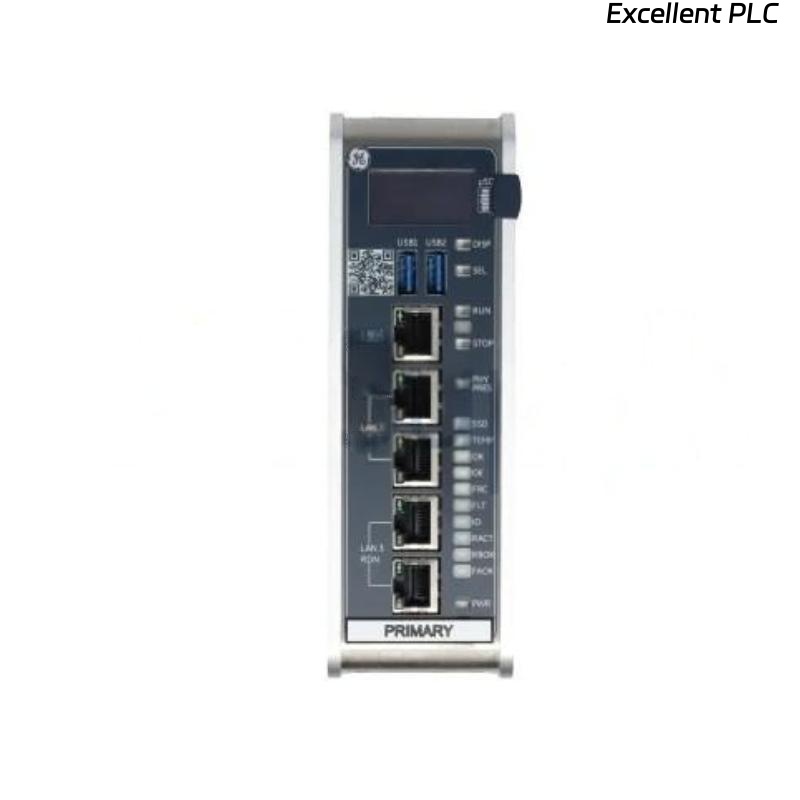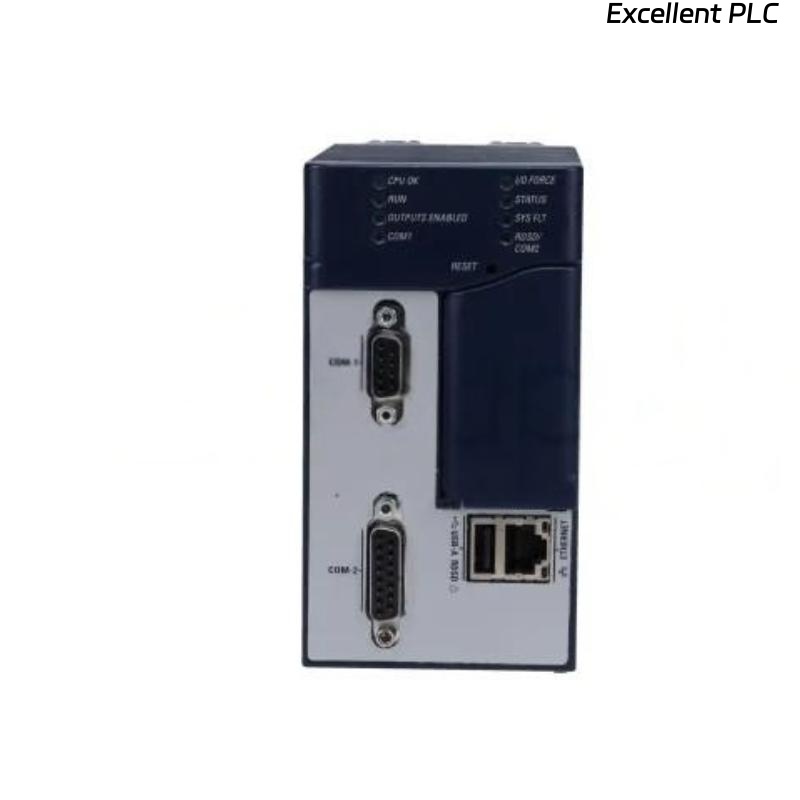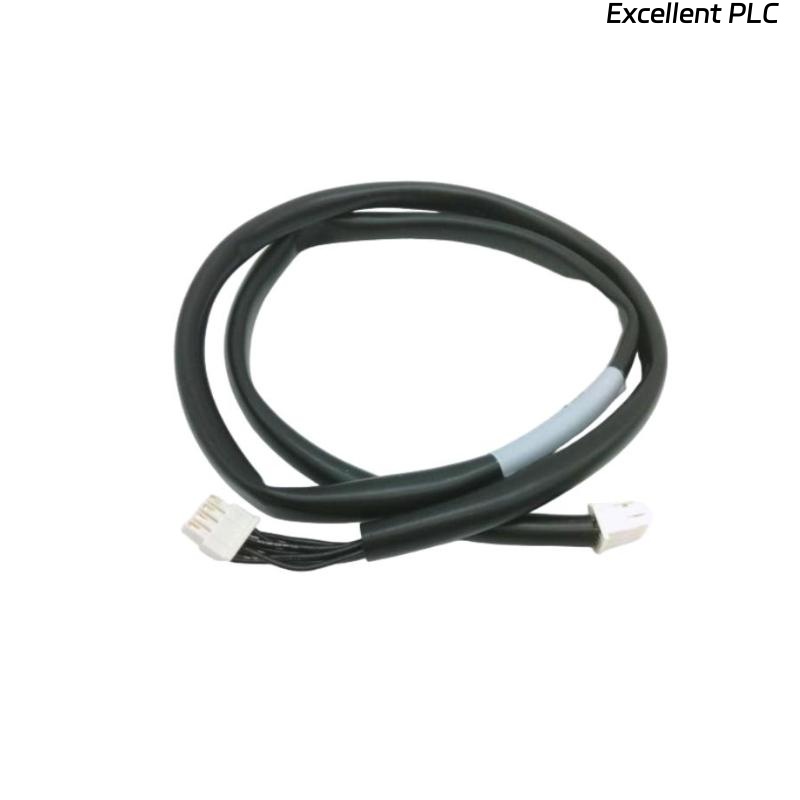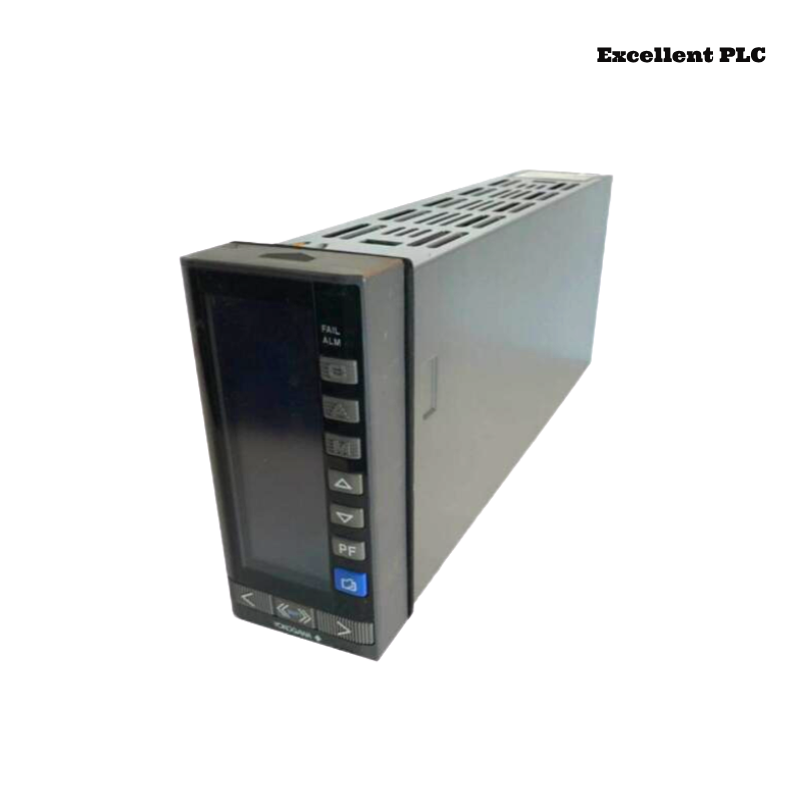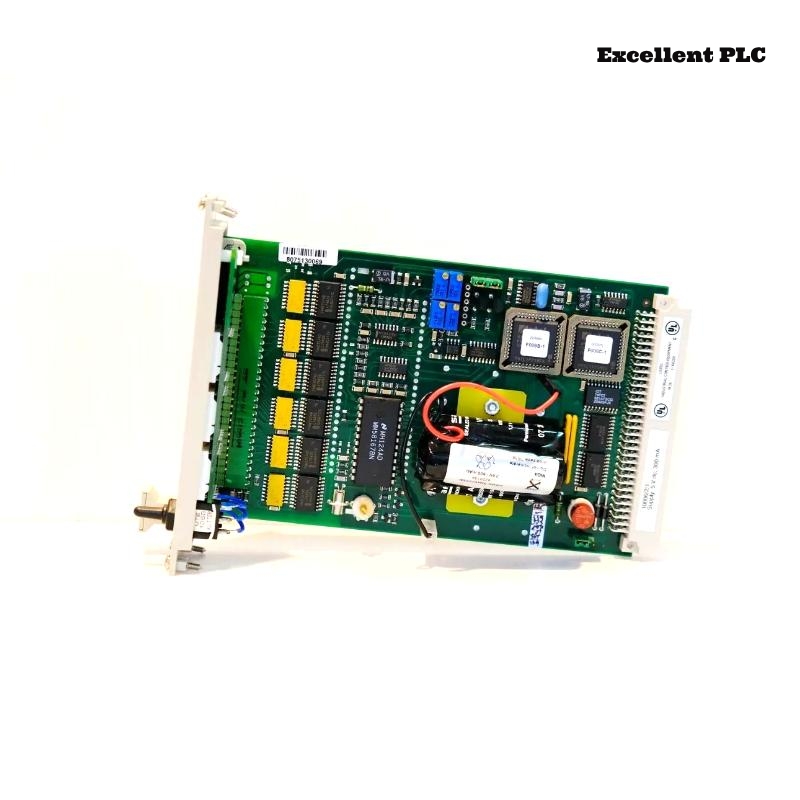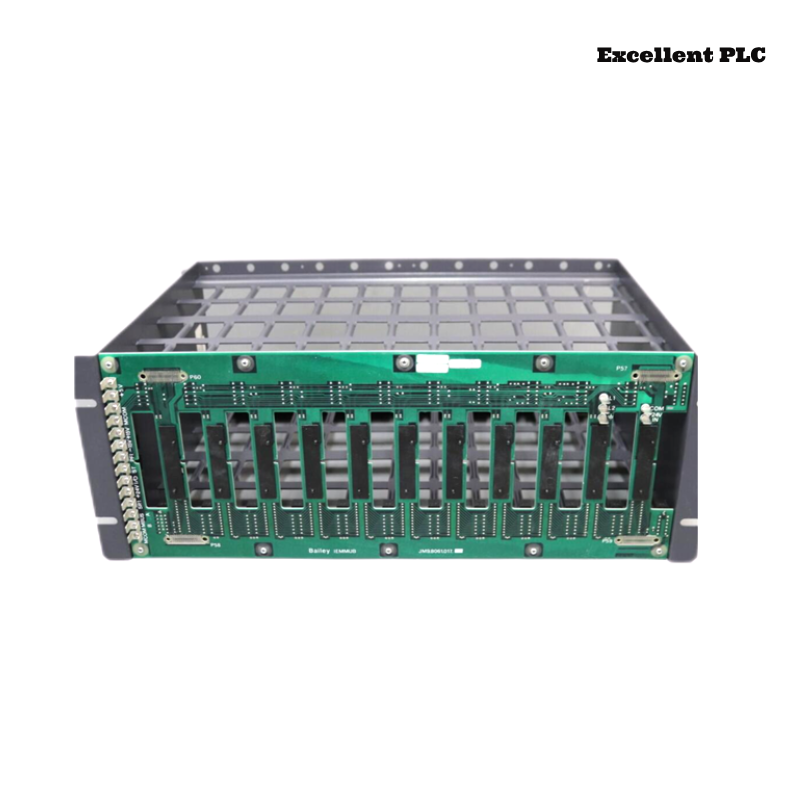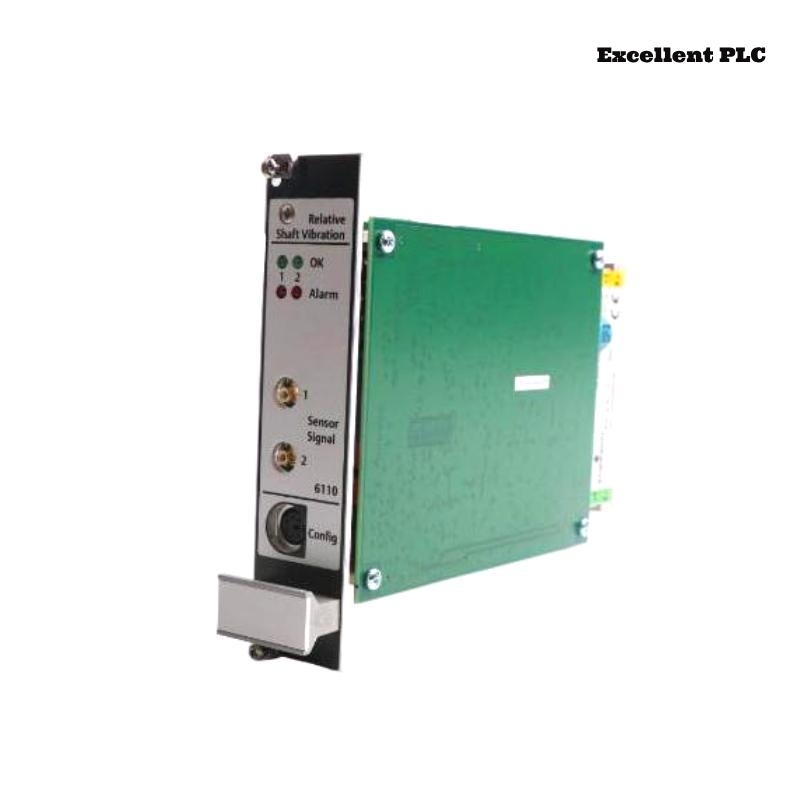| Company Information | ||||||||
| [email protected] | ||||||||
| Mobile | +8613666033393 | |||||||
| +8613666033393 | ||||||||
| 13666033393 | ||||||||
| Add | Room 1004, No. 62 Xiangxiu Li, Siming District, Xiamen City, Fujian Province, China | |||||||
Product Introduction
The GE IS215ACLAH1AD Application Control Layer (ACLA) Module is a high-performance computing and control unit designed for GE Mark VIe and Mark VIeS turbine and plant control systems. Acting as the application processing core, it executes advanced control algorithms, manages real-time data acquisition, and coordinates communication across distributed I/O networks. Built with robust industrial components, the ACLA module ensures reliable operation in critical environments such as power generation, oil & gas, and heavy manufacturing. Its high-speed processors, redundant communication channels, and scalable architecture make it suitable for both new installations and system upgrades requiring maximum uptime and deterministic performance.
Product Specifications
| Parameter | Description |
|---|---|
| Model Number | IS215ACLAH1AD |
| Product Type | Application Control Layer Module |
| Primary Function | High-speed control processing and network coordination |
| Processor Architecture | Industrial-grade multi-core CPU with real-time operating system |
| Memory | 1 GB DDR SDRAM, 256 MB non-volatile flash |
| Communication Interfaces | Dual Ethernet (10/100 Mbps), serial RS-232/485, proprietary IONet |
| Power Supply Requirement | 24 V DC nominal (18–32 V DC operating range) |
| Redundancy Options | Supports dual-redundant hot-standby configurations |
| I/O Support | Direct interface to Mark VIe I/O packs and third-party Modbus devices |
| Environmental Rating | –40 °C to +70 °C operating, 5–95 % RH non-condensing |
| EMI/EMC Compliance | IEC 61000-6-2 industrial immunity and IEC 61000-6-4 emissions |
| Shock/Vibration Resistance | 30 g, 11 ms half-sine / 5 g, 10–2000 Hz |
| Cooling Method | Passive convection; no active fans required |
| Dimensions (W×H×D) | 280 × 120 × 22 mm |
| Weight | 0.65 kg |
| Mounting | Standard Mark VIe VME rack slot |
| Certifications | CE, UL, RoHS |
Applications
-
Gas and Steam Turbine Control – Executes turbine start-up, shutdown, and load control sequences with sub-millisecond response.
-
Power Plant Automation – Integrates with plant-wide Distributed Control Systems (DCS) for real-time supervisory control.
-
Oil & Gas Operations – Manages compressor, pipeline, and offshore platform process control.
-
Industrial Manufacturing – Supports high-speed control loops in chemical, steel, and paper production lines.
-
Renewable Energy Integration – Coordinates wind or solar generation with grid frequency and voltage control.
-
Safety-Critical Systems – Implements redundant protection logic to maintain operation during component failures.
Advantages
-
High Processing Throughput – Multi-core CPU and real-time OS enable deterministic control with microsecond precision.
-
Reliable Redundancy – Supports hot-standby configurations for uninterrupted operation during module replacement or failure.
-
Flexible Communication – Dual Ethernet and multiple serial channels simplify integration with legacy and modern networks.
-
Robust Industrial Design – Wide temperature tolerance, strong vibration resistance, and EMI shielding ensure dependable service.
-
Simplified Maintenance – Firmware upgrades and diagnostics can be performed online without system downtime.
-
Scalable Architecture – Easily integrates into small to large Mark VIe systems, supporting future expansion.
Frequently Asked Questions (FAQ)
-
How does the ACLA module handle deterministic real-time processing?
It uses a real-time operating system with prioritized task scheduling to guarantee predictable execution times. -
What redundancy strategies are supported for high availability?
The module can operate in dual-redundant hot-standby mode, automatically switching to the backup unit if a fault occurs. -
Which industrial communication protocols are natively supported?
Native support includes GE IONet, Modbus TCP/RTU, and Ethernet Global Data (EGD). -
Can the module interface with third-party PLC or DCS systems?
Yes, through Modbus or Ethernet/IP gateways, it can exchange data with various vendor systems. -
How is system configuration managed and updated?
Configuration is performed via GE ControlST software, allowing remote or local programming and diagnostics. -
Does the module support secure remote access?
Yes, it offers encrypted Ethernet communication and user authentication for secure remote monitoring. -
How is heat dissipation achieved without active cooling?
The PCB layout and aluminum enclosure are designed for efficient passive convection. -
What built-in diagnostics are available for troubleshooting?
On-board LEDs, event logs, and self-test routines provide immediate status and fault details. -
How does the module ensure data integrity during power interruptions?
Non-volatile flash memory retains configuration and critical data even during sudden power loss. -
Is firmware upgradeable while the system is live?
Yes, the module supports online firmware updates through ControlST without interrupting critical control loops.
Related Models – Same Series
| Model | Description |
|---|---|
| IS215ACLEH1A | Enhanced ACLA module with higher CPU speed and expanded memory |
| IS215ACLAH1A | Earlier revision of the ACLA module for Mark VIe systems |
| IS215UCVEH2A | Universal controller with extended communication options |
| IS215UPSCG1A | UPS interface control board |
| IS215VPROH1B | Protection processor module for critical turbine applications |
| IS215UCVEM06A | VME-based controller with advanced redundancy features |
Popular GE Control System Models
| Model | Description |
|---|---|
| IS210AEPSG2B | High-efficiency power supply board |
| IS210JPDHG1A | DIN-rail power and communication distribution module |
| IS200TRPGH2B | Primary trip terminal board with redundant trip channels |
| IS210BPPH2BLD | High-density printed circuit control board |
| IS200DSPXH1D | Digital signal processor board for Mark VIe |
| IS210VSPAH1A | Monitoring assembly module for vibration and system health |
 Excellent PLC
Excellent PLC


